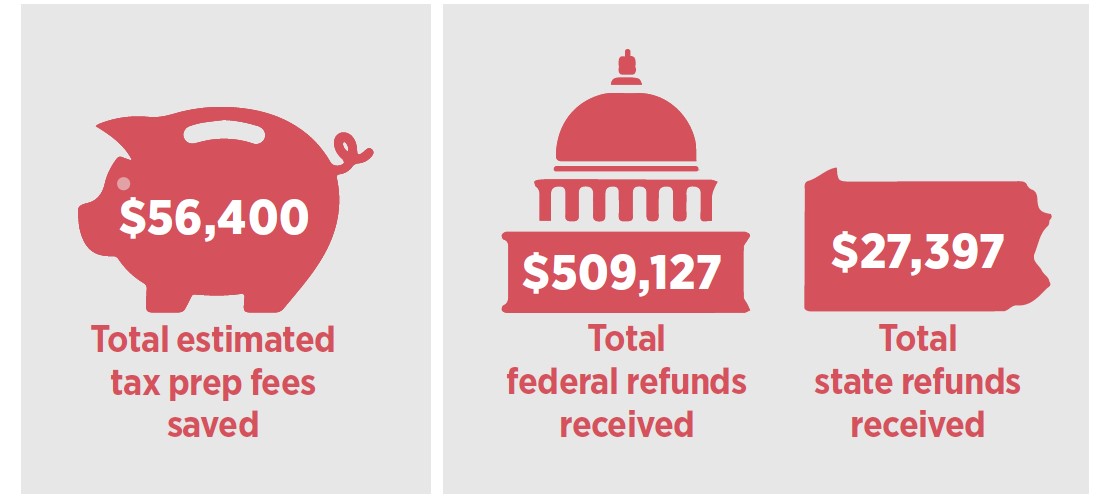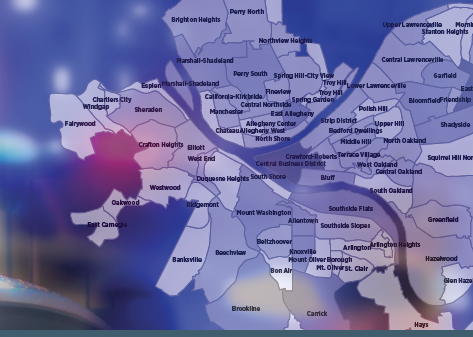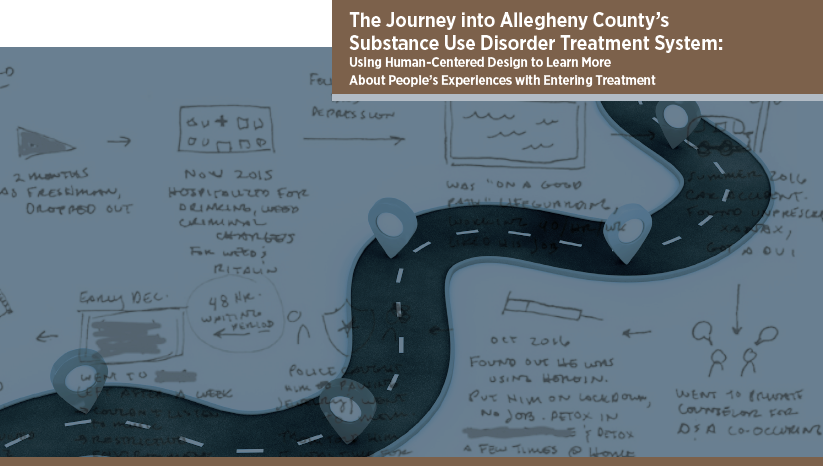Teens in foster care sometimes face challenges when it comes to getting permission to do things like spending the night at a friend’s house, using the internet, or joining a school sports team. The Allegheny County Department of Human Services (DHS) wanted to find out more about the perspective of teens in foster care, so we asked 300 teens about their ability to participate in a range of school and social activities.
The majority of teens surveyed felt that they could participate in most of the activities we asked about. For example, almost all teens said they could choose their own style of clothing, access information about safe sex, and use the internet. Activities that were found to be the most difficult for teens in foster care included having a job (51% said they were unable) and sleeping over at a friend’s house (41% said they were unable). Teens in family-based settings were generally able to participate in more activities than teens in group care, and for most activities, more boys than girls said they were able to participate.
See the full report for an analysis of all survey results as well as a comparison of responses by teens’ placement type, gender and race.





